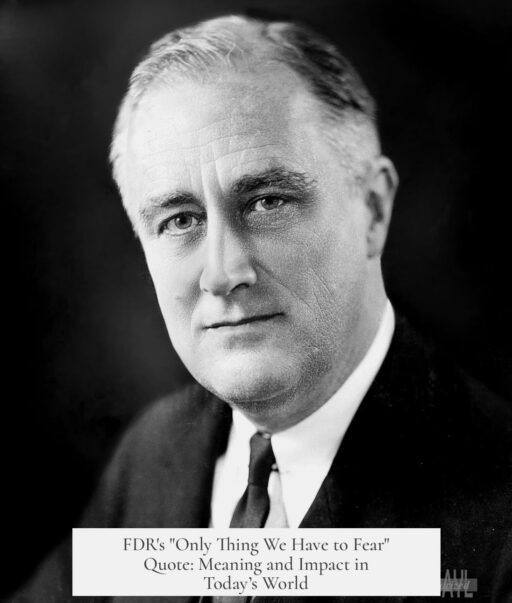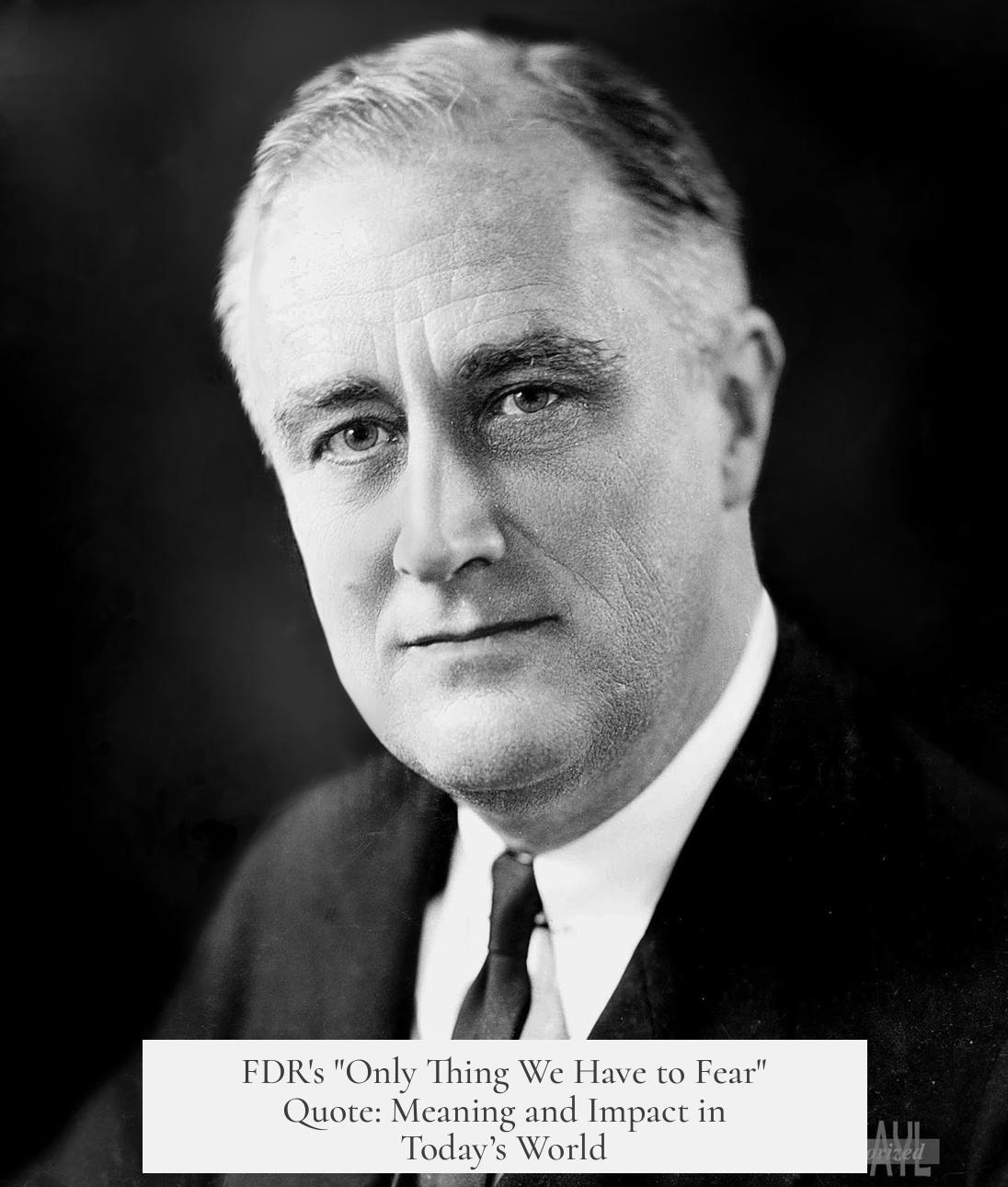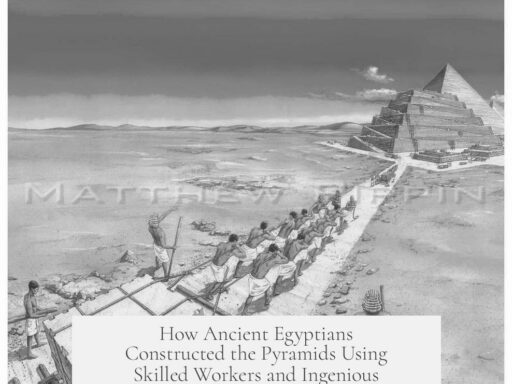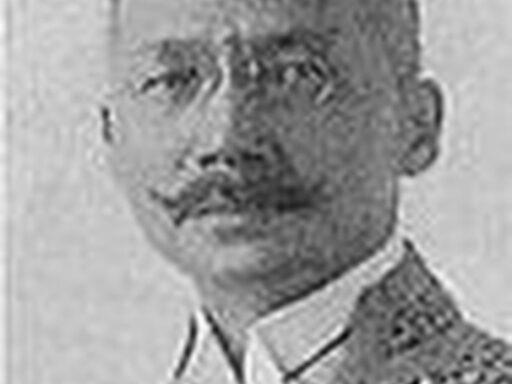When Franklin D. Roosevelt declared, “the only thing we have to fear is fear itself,” he meant that the paralyzing fear gripping Americans was the greatest obstacle to overcoming the Great Depression. The economic conditions were dire, but unchecked fear and indecision magnified the crisis. Roosevelt aimed to restore confidence and rally the nation to collective, courageous action.
By the time Roosevelt took office in 1933, the United States faced unprecedented economic chaos. The Great Depression had ravaged the country for over three years, shattering businesses, banks, and livelihoods. President Herbert Hoover’s approach relied heavily on voluntarism—the effort to mobilize businesses, charities, and churches to combat poverty. This approach was ineffective and delayed. Genuine federal intervention was lacking or too weak when finally attempted.
Roosevelt understood that the first critical step was psychological. If Americans surrendered to despair, recovery would become impossible. On his inaugural day, he addressed this directly. His quote conveyed that fear itself was the enemy preventing necessary progress.
“This nameless, unreasoning, unjustified terror which paralyzes needed efforts to convert retreat into advance,” Roosevelt said.
He framed fear as a mental barrier—irrational and oppressive—hindering Americans from taking the bold steps required to address economic collapse. Roosevelt’s words sought to replace timidity with courage, signaling that the crisis was not just financial but also spiritual and emotional.
To complement his reassuring words, Roosevelt launched immediate, decisive federal programs, known collectively as the First New Deal. These actions reflected the urgency behind his message. During his first hundred days, Roosevelt implemented numerous reforms to provide relief to the suffering, promote economic recovery, and reform financial institutions to prevent future disasters.
- Relief: Programs to provide immediate aid to the unemployed and impoverished.
- Recovery: Measures to stimulate economic growth and stabilize industries.
- Reform: Regulatory changes to prevent recurrence of economic failures.
Roosevelt’s New Deal embraced pragmatism and experimentation. He famously said, “It is common sense to take a method and try it. If it fails, admit it frankly and try another.” This flexibility helped restore public trust and allowed for adaptive policymaking during turbulent times.
More than raw economics, Roosevelt’s leadership was about renewing confidence. While unemployment remained high through much of the decade, the national sense of doom subsided. Americans began to believe in the possibility of recovery.
To reiterate, the message behind “the only thing we have to fear is fear itself” is that fear paralyzed effective action and confidence. The economic reality was grim, but Roosevelt emphasized that succumbing to panic would prevent any constructive solution. Instead, only decisive, rational, and courageous action could turn the tide.
In modern terms, Roosevelt’s phrase is a call to face adversity without surrendering to psychological paralysis. Fear is depicted not as a reaction to danger, but as the danger itself when it undermines willpower and progress.
| Aspect | Meaning |
|---|---|
| The Quote | “The only thing we have to fear is fear itself” — Fear paralyzes necessary action more than economic hardship. |
| Context | Great Depression’s depth and Hoover’s failed voluntary approach. |
| Purpose | Restore confidence and galvanize Americans for bold federal intervention. |
| Action | Launch of First New Deal focusing on relief, recovery, and reform. |
| Result | Renewed public hope and pragmatic government response. |
- Roosevelt framed fear as the main psychological barrier to recovery.
- His leadership combined comforting words with bold federal programs.
- The First New Deal’s success lay in restoring confidence, not immediate economic solution.
- Fear itself was viewed as a “nameless terror” impeding progress.
- Pragmatism and trial-and-error defined Roosevelt’s approach to solving the crisis.
What Did FDR Exactly Mean by “The Only Thing We Have to Fear Is Fear Itself”?
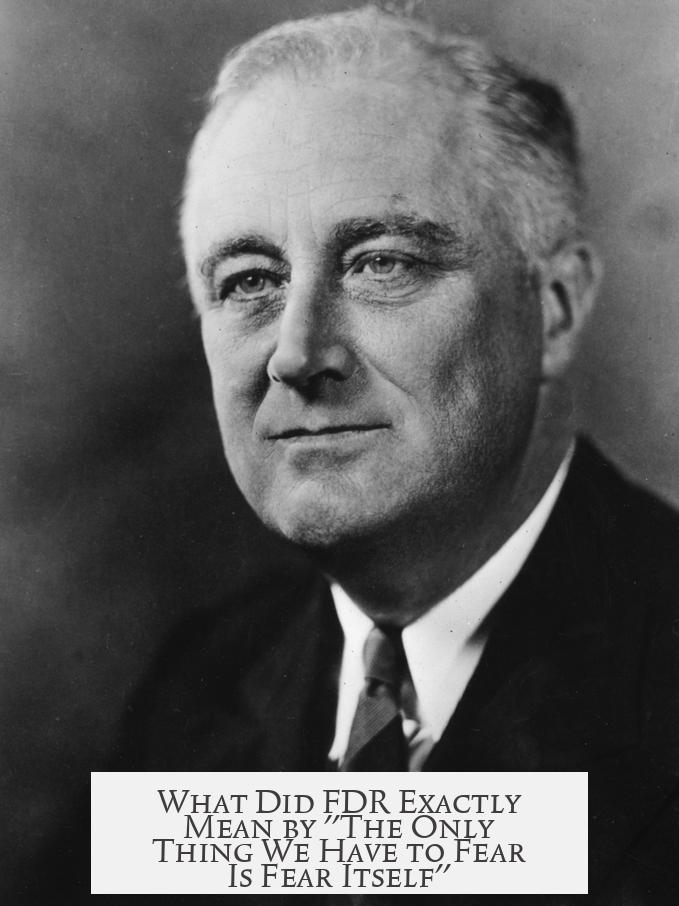
Franklin Delano Roosevelt’s famous phrase, “the only thing we have to fear is fear itself,” is more than just a catchy soundbite from his 1933 inaugural address. It holds a profound message that cut right to the heart of the American psyche during one of its darkest hours. But what exactly did Roosevelt mean by this? Let’s unpack this pivotal declaration with a mix of history, insight, and a splash of storytelling.
Facing an Economic Catastrophe
By the time Roosevelt steps into office, the United States is knee-deep in the Great Depression. Imagine a nation where banks shut their doors, unemployment soars into double digits, and breadlines grow longer than a Monday morning meeting. The previous administration, led by Herbert Hoover, took a “hands-off” approach, relying on voluntary cooperation from businesses and charities rather than decisive government intervention.
This so-called “voluntarism” gambit fails spectacularly. Hoover’s late-in-the-game actions prove weak and inadequate, leaving millions more fearful and uncertain. Americans are not just suffering from economic hardship—they are paralyzed by it.
More Than Just Economics: Fear as an Enemy
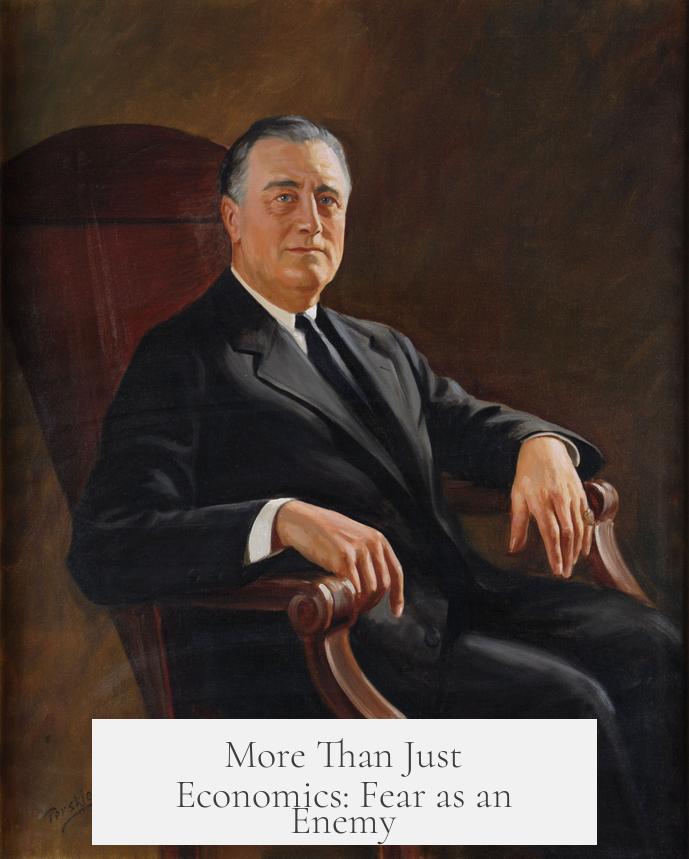
When Roosevelt claims “the only thing we have to fear is fear itself,” he reframes the crisis entirely. The hard truth? It isn’t just the economic disaster gnawing at the country’s soul, but the crippling fear—an irrational, “nameless, unreasoning, unjustified terror,” as he calls it—that stops people dead in their tracks.
Fear, Roosevelt explains, acts like a mental prison. It saps courage, stalls progress, and prevents action just when the nation needs it most. Roosevelt sees the enemy not as the failing banks or soaring unemployment numbers but as the mindset that makes citizens too timid to fight back.
A Rallying Cry for Action and Confidence
Roosevelt speaks as a general rallying his troops. He gives Americans a pep talk that’s equal parts tough love and comfort, pushing them to stop wallowing in despair and start mobilizing.
“Fear itself” means that fighting the pandemic of panic is the first step toward recovery. It’s about shaking off doubts and facing challenges head-on. He wants Americans to understand that hesitation—timidity—is the real barrier.
Backing Words With Bold Moves: The First New Deal
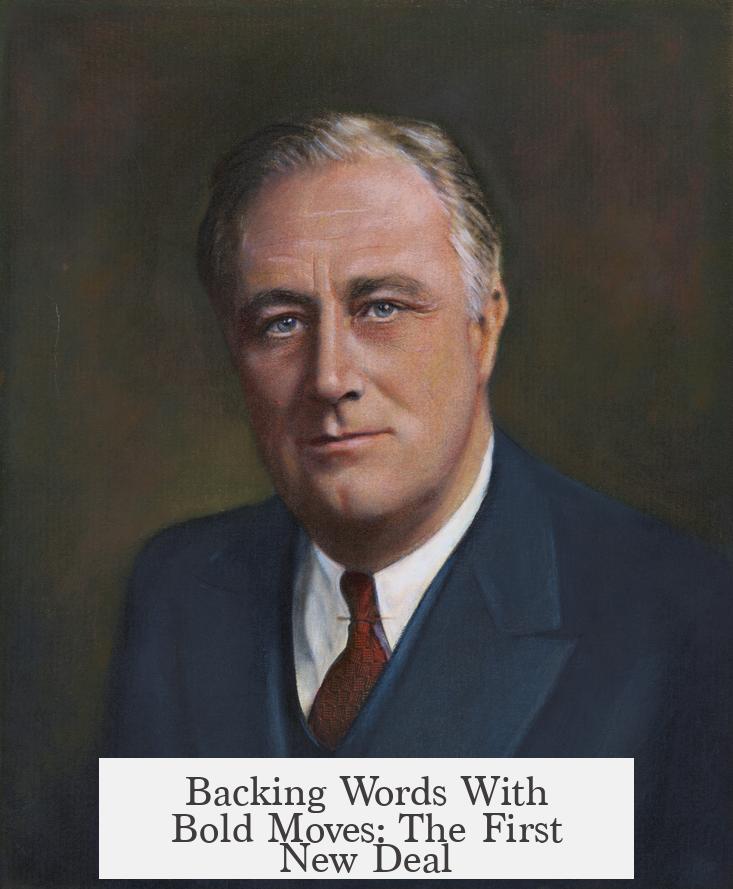
And Roosevelt doesn’t stop at words. Within his first hundred days—a whirlwind known as the First New Deal—he unveils a series of bold, pragmatic programs targeting relief, recovery, and reform.
Roosevelt famously says:
“It is common sense to take a method and try it. If it fails, admit it frankly and try another. But above all, try something.”
That’s a mindset shift. Fear of failure? Forget it. The path forward demands experimentation and action, not paralysis by analysis. The First New Deal includes everything from bank reforms to job creation schemes. True, unemployment remains high, but confidence quietly begins to return. People sense the government is not ignoring the crisis.
Lessons Beyond 1933: Why This Matters Today
So what does “the only thing we have to fear is fear itself” mean in practical terms? Roosevelt is telling the American public that the real adversary isn’t just economic collapse, but the mental state that blocks solutions. It’s fear of trying, fear of making mistakes, fear of change.
For those navigating tough times—whether in the 1930s or today—there’s a clear takeaway: Inaction, driven by fear, can be far more damaging than any external hardship. Courage, combined with pragmatic efforts, opens the door to recovery.
Could Modern Leaders Learn From Roosevelt’s Approach?
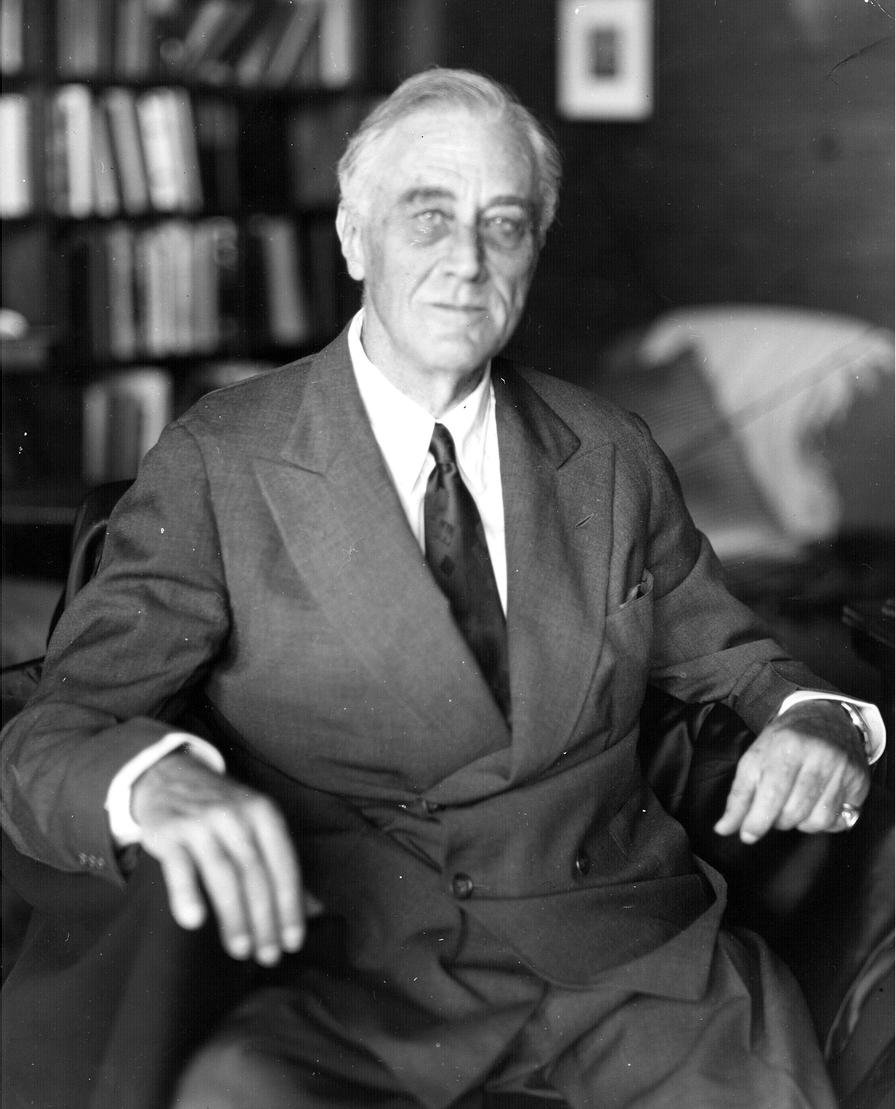
Think about recent crises, from financial recessions to pandemics. Has fear ever stopped real solutions, or has it been a motivator to act swiftly? Roosevelt’s phrase remains relevant—perhaps now more than ever.
In the age of instant news and viral panic, the lesson is clear: Calm heads, decisive choices, and a refusal to give in to paralyzing fear can change a nation’s fate.
Takeaways for Readers
- Fear’s paralyzing power: Recognize when fear is holding you or a group back.
- Bold action is key: Like FDR’s First Hundred Days, try new solutions even if they might fail.
- Rally your own support: Use positive messages and decisive moves to boost confidence in difficult situations.
Roosevelt’s phrase wasn’t just rhetorical flourish—it was a profound call to arms against despair. The only thing truly dangerous is letting fear stop us from taking necessary steps forward.
Final Thoughts
In a nutshell, FDR meant that the greatest danger wasn’t external—the failing banks or the high unemployment—but the internal, psychological fear that prevents action and hope. With this mindset, he could galvanize the nation toward recovery with a blend of optimism, toughness, and practical solutions.
Maybe next time life hits hard, you can ask yourself: What am I really afraid of? Could it be fear itself?
